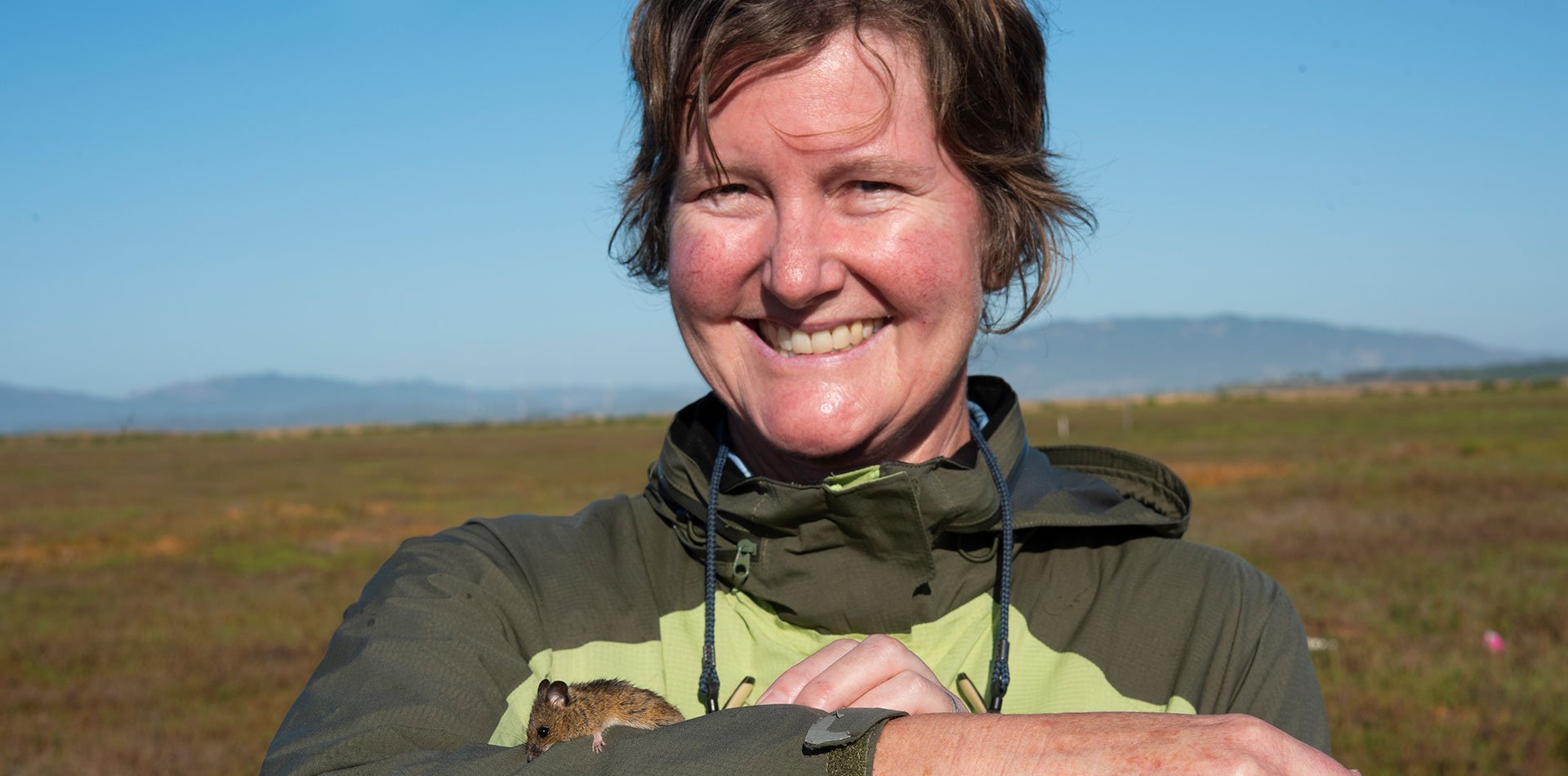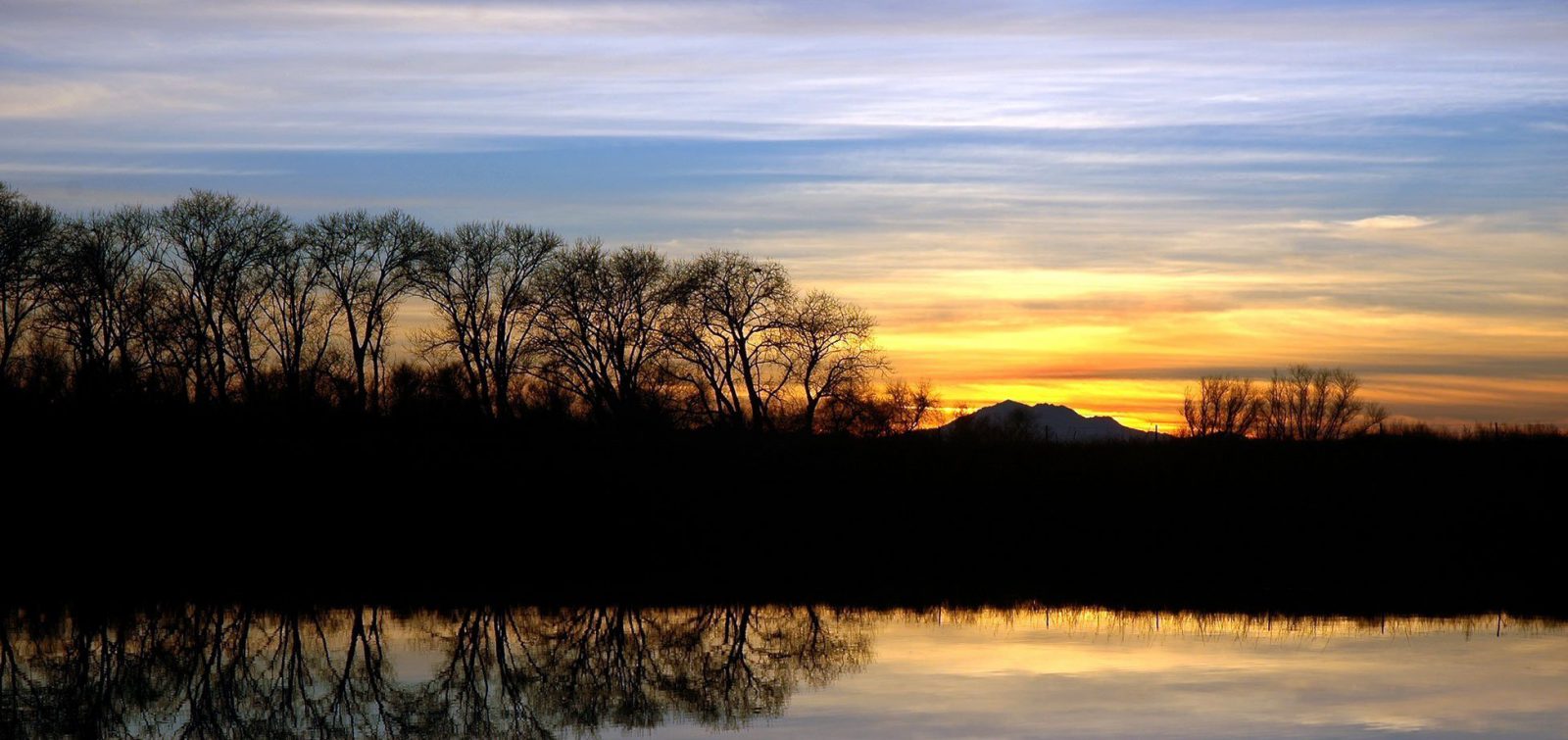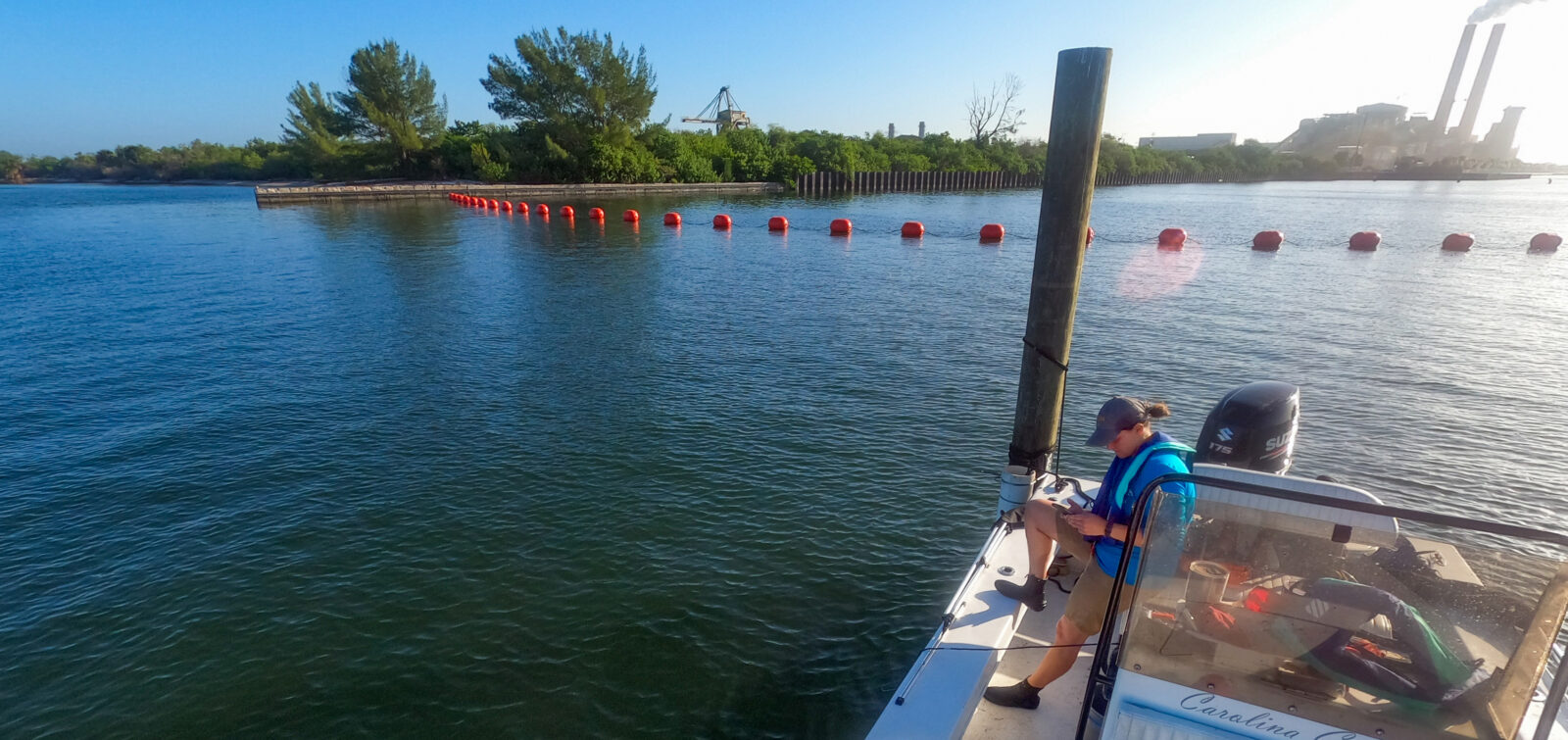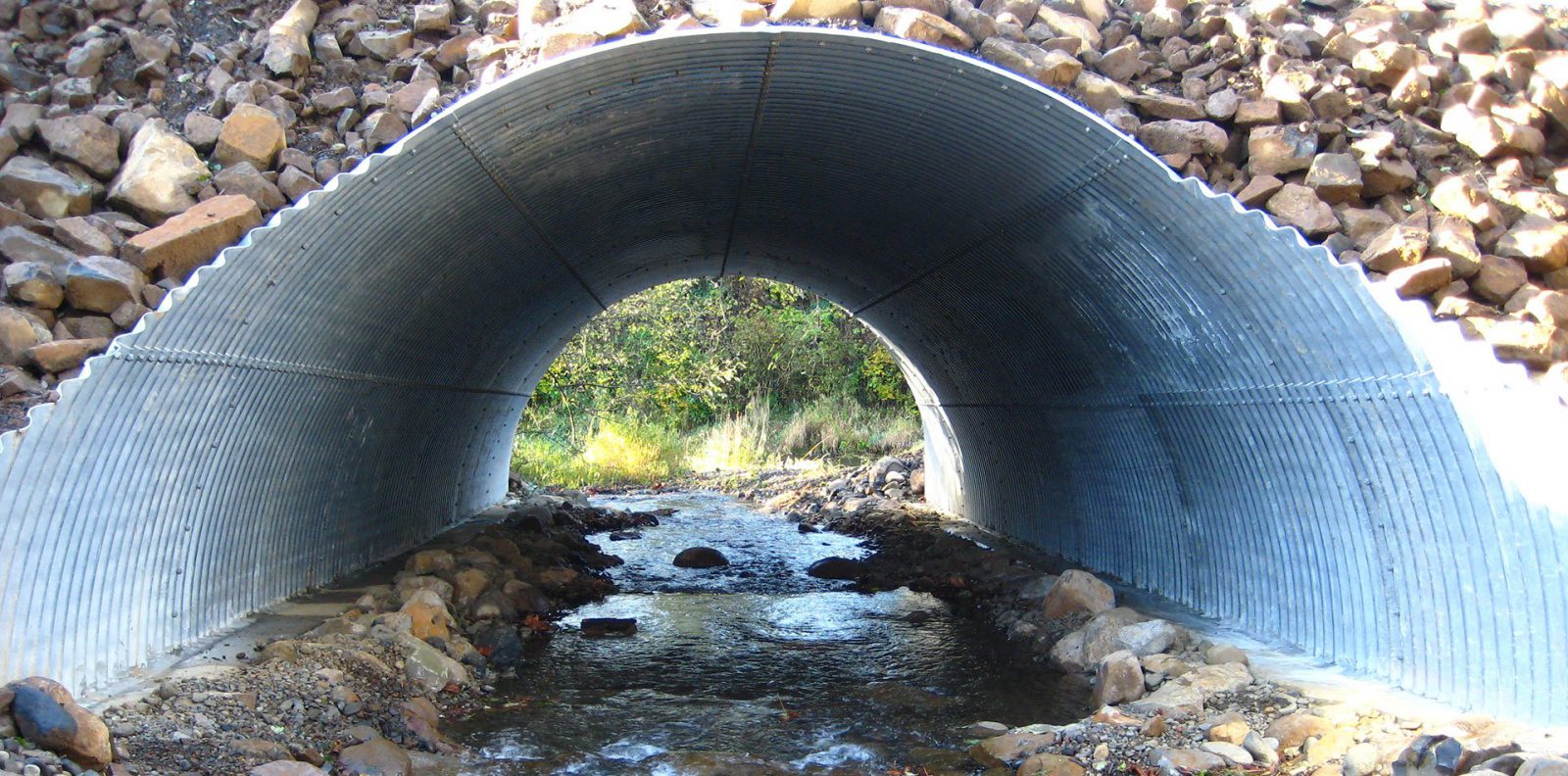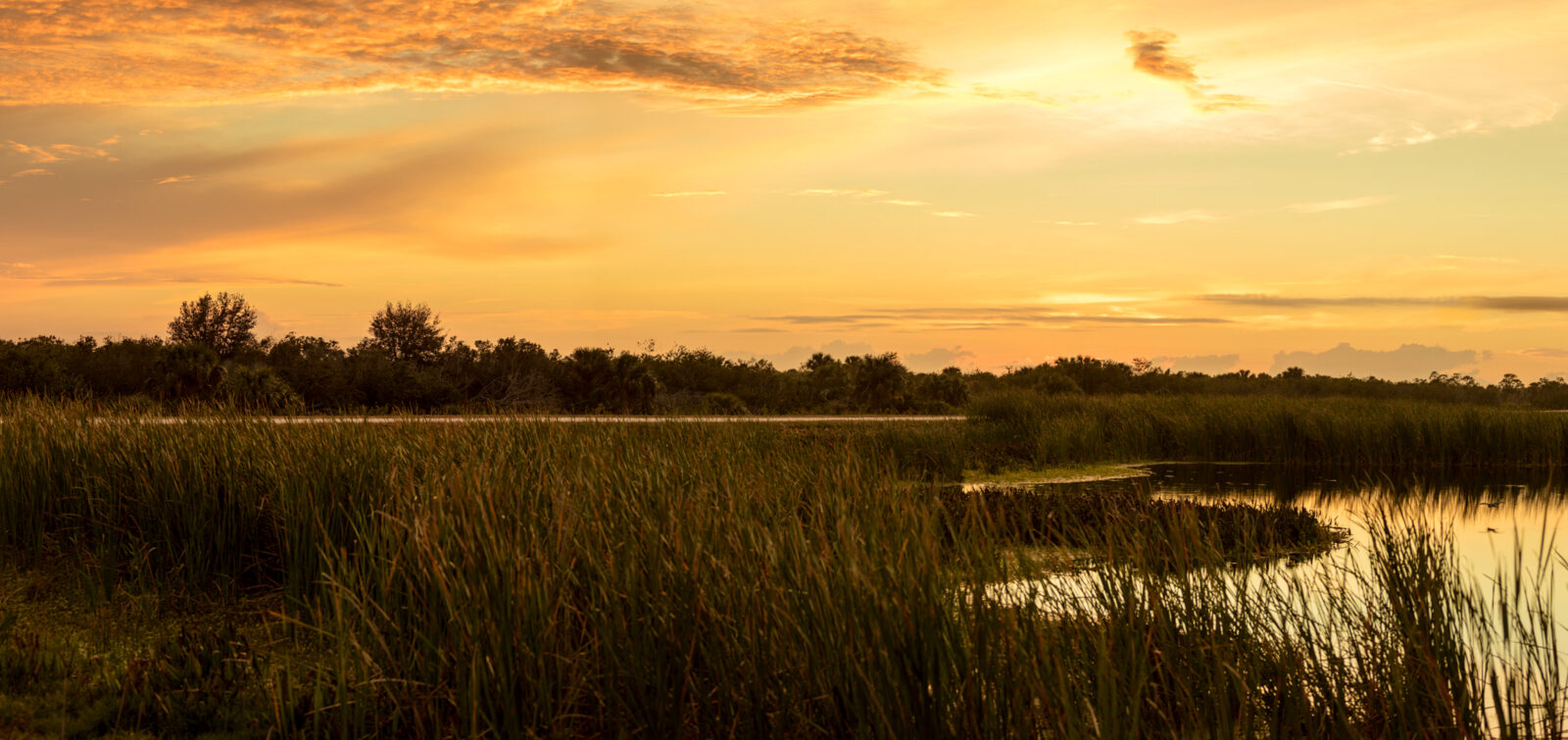One of the smallest, and arguably cutest, San Francisco Bay endemic species is the salt marsh harvest mouse (Reithrodontomys raviventris). This species is found only in the San Francisco Bay Estuary and inhabits both tidal marshes and brackish diked marshes, of which only a fraction remain relative to the historical extent of marsh habitat around the Bay.
These mice are listed as a federal- and state-endangered species due to habitat loss, but ESA’s biologists are hard at work to restore and preserve these areas.
Enter Erika Walther: a wildlife biologist of eight years, who has just become the first ESA employee to receive special permits to handle this species. The permits, issued by the US Fish and Wildlife Service and the California Department of Fish and Wildlife, are so specialized that relatively few Bay Area biologists have received them. Walther can now conduct trapping surveys, which can be useful to determine how the species responds to habitat changes, such as those resulting from tidal restoration projects.
Walther’s salt marsh harvest mouse expertise complements ESA’s award-winning tidal restoration design team and adds to our already broad suite of wetland ecology expertise and services, including protocol surveys for Ridgway’s rail and black rail, rare plant surveys, and wetland delineations. In addition, ESA can provide a variety of services related to the salt marsh harvest mouse, including habitat assessments, Section 7 permitting, habitat restoration design, construction monitoring, and long-term monitoring of habitat restoration.
For more information about salt marsh harvest mouse surveys and our capabilities, please email Erika Walther. If you are interested in any of ESA’s other wetland ecology services, reach out to John Bourgeois, Restoration Ecology Program Manager.
